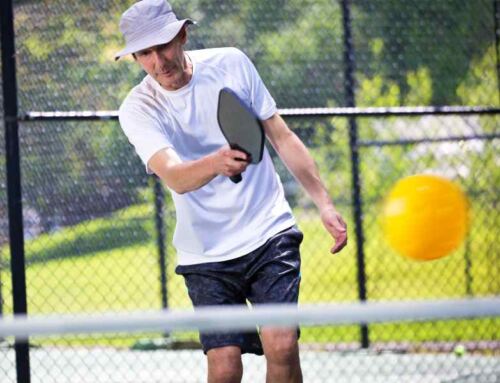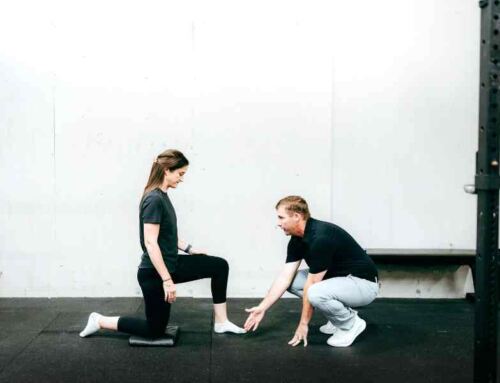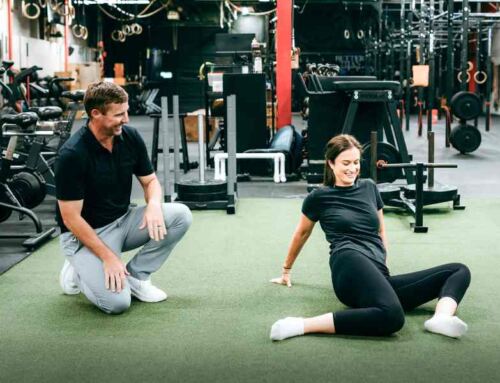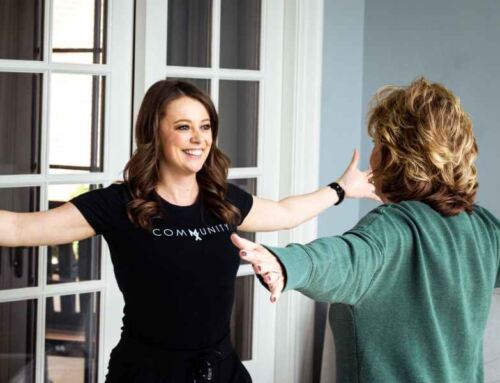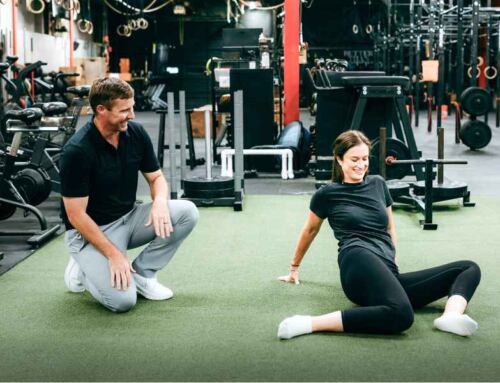Getting Back into the Swing of Things: Returning to Golf after Low Back Pain
If you are experiencing low back pain during your golf swing, or your back pain is preventing you from playing, you are not alone! In fact, low back pain is the most common injury amongst golfers and one of the most prevalent musculoskeletal conditions globally. So if you are one of the estimated 35% of amateur golfers or 55% of professional golfers who experience low back pain each year, you’re in the right place!
In this article, I’ll explain the “why” behind those numbers, the components of a golf swing, and the actions you can take to keep yourself on the course and out of pain.
The Biomechanics of a Golf Swing
A perfect golf swing appears effortless, but every golfer knows that behind every golf swing lies countless hours of practice and repetition. By analyzing the mechanics of the ideal swing, we can make changes to our technique, and reduce the risk of lower back injuries.
Before evaluating a golf swing, it’s important to first understand that your body is made up of a series of mobile and stable joints, each working together to keep you moving in a pain-free way.
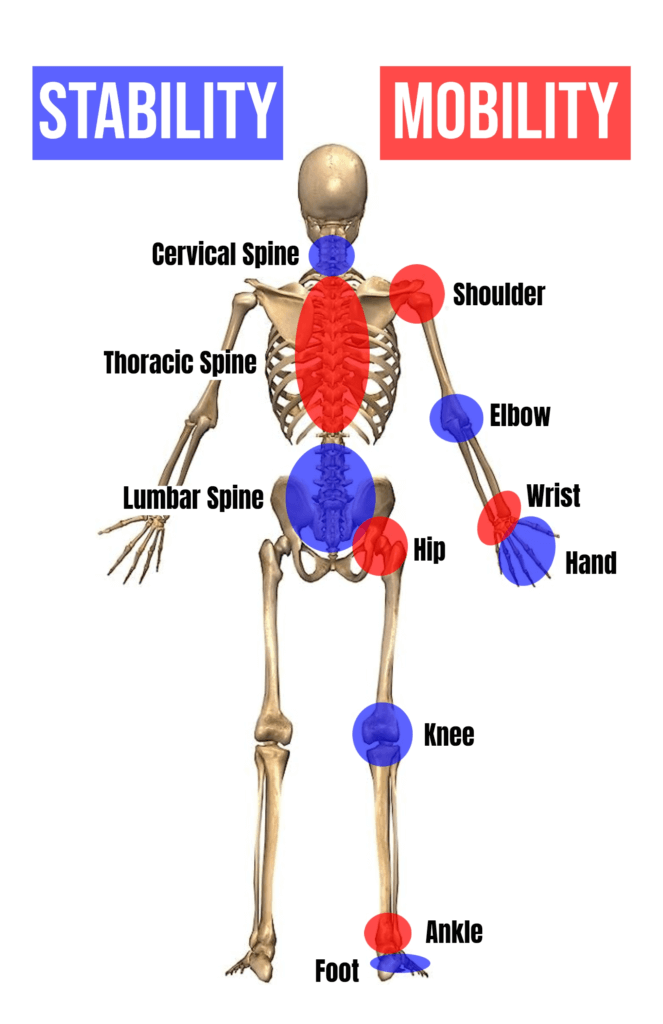
Image Source: Slainte Fitness “The Kinetic Chain Explained”
Let’s breakdown the key elements of a golf swing and the demands on your joints and muscles during each phase:
1. Set Up
Your posture at address (set-up) is the foundation for your golf swing. If the set-up is so important, you might ask how you can perfect your position and set yourself up for success.
Start with your weight evenly distributed between your feet, with your feet about shoulder width apart. You may need to move your feet wider, or more narrow, depending on your balance.
From there, softly bend your knees and lean forward slightly. You should feel strong and stable in this position as you grip the club in your hands. Just remember that this position can be modified depending on the club and the shot you are trying to hit!
2. Takeaway
During the takeaway phase, you are setting the tempo of your golf swing and the initial position for your downswing.
Your hands and arms should together as you initiate the rotation with your shoulders.
Naturally, your hips will begin to rotate away from the target and your weight will shift toward your back foot as your arms guide your club until it is about parallel with the ground.
3. Downswing/Impact
The downswing is initiated through the hips, as you powerfully begin to rotate toward the target.
Your weight will begin to shift towards your front leg as your trunk and shoulder begin to unwind, followed by your arms, hands and club.
When you finally make contact with the ball, hopefully your clubface is square, giving you the best chance to make the contact you want!
4. Follow-Through
Your follow-through is not just for show! It is critical to ensure you transfer your weight and energy to propel your shot forward.
As you move toward the end of your golf swing, your trunk and hips will continue to rotate until they face the target. With your hands and club above your shoulder and your back heel off of the ground, your balance will be put to the test in this final position.
If you set-up well, maintain tempo through your takeaway, and follow the lead of your powerful hip rotation, you should find yourself looking at a great shot as you finish your follow-through.

That all sounds easy enough, right? While it might seem like four simple steps, any golfer knows that repeatedly performing those steps in the same way can be nearly impossible! Now let’s unpack the best ways to improve consistency in your movement and reduce injury risk during your round.
Reducing Injury Risk in Golf
In order for you to swing freely and perform the required biomechanical steps, each component must work in concert to guide you through the movement sequence. If one (or multiple) joints aren’t moving the optimal pattern, increased stress can occur, often at the low back.
Here are a few things your can do to mitigate risk of injury:
1. Warm-up
If you often find yourself racing to the first tee, do your back a favor, and build in 5-10 minutes to warm-up your body (before your golf swing).
This warm up can include a combination of mobility and stability exercises like:
- Thoracic Rotations
- Hamstring Stretches
- Glute Activation
2. Resistance Training
Build the foundation for a powerful swing in the gym, not on the driving range.
Consistently performing resistance training (weightlifting) challenges your muscles to become more resilient to the stresses and strains of repetitive movements, like a golf swing.
3. Swing Pattern
Working with a golf professional can help to correct faults before they even begin contributing to pain.
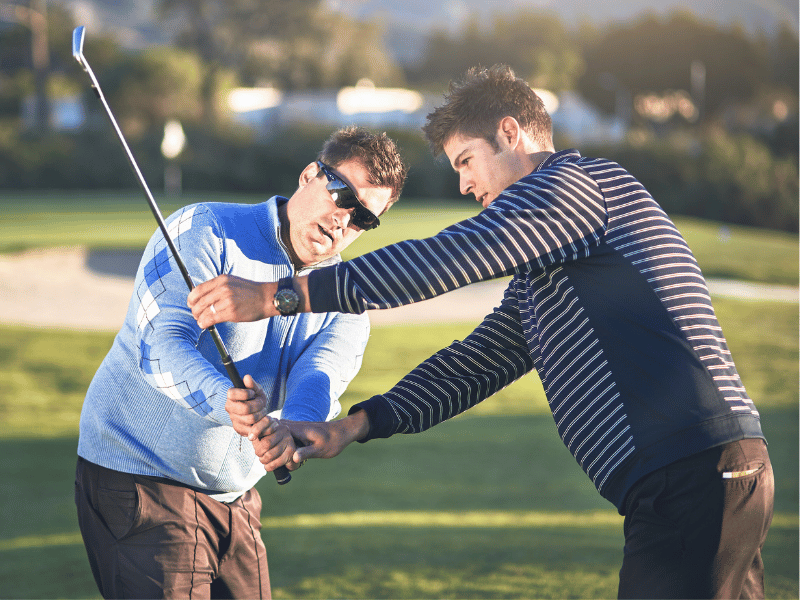
When to See a Physical Therapist
If you’re experiencing persistent low back pain that’s affecting your golf game, or your day to day activities, your physical therapist can help! A great physical therapist can provide a personalized treatment plan tailored to your specific needs, including:
- Biomechanical assessment to evaluate and identify any biomechanical inefficiencies that may be contributing to your low back pain.
- Manual therapy techniques to reduce pain and improve mobility
- Personalized exercise programming to improve overall strength, mobility and stability
Address the underlying cause of your pain so you can get back into the pain-free swing of things and expend more of your energy seeking out your next, or perhaps first ace, than your low back pain.
If you’re local to the D.C. area and looking for care from a professional with advanced training in working with golfers, call or text me!
References
- https://www.ncbi.nlm.nih.gov/pmc/articles/PMC3899905/
- https://www.who.int/news-room/fact-sheets/detail/low-back-pain
- https://www.ncbi.nlm.nih.gov/pmc/articles/PMC6204638/
- https://www.ncbi.nlm.nih.gov/pmc/articles/PMC9227529/
- https://slainte.usli.com/the-kinetic-chain-explained-fundamentals-of-proper-movement/
About the Author
Dr. Bryn Bonner is a doctor of physical therapy and performance coach in the Washington, D.C. and Maryland area. Bryn focuses on orthopedic care, sports injuries, and post-operative care with a specialty in golf and running. Dr. Bonner is always keen to design plans and programs that meet you where you and evolve with you as your movements grow.



